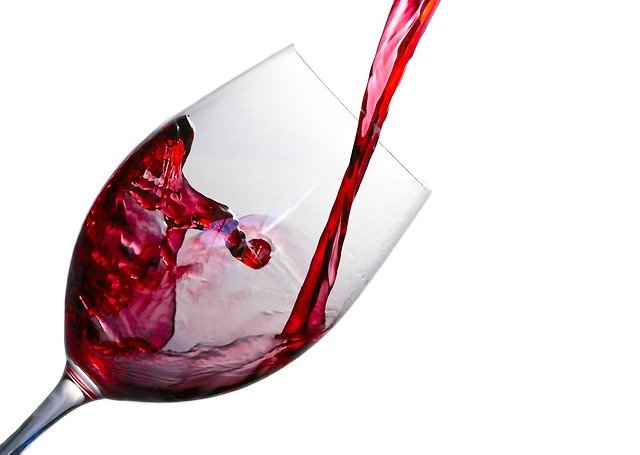Breaking Down the Nose of a Wine- Part 1
by Michele Pesula Kuegler
When I am teaching or hosting a wine tasting, the number one area where people become nervous is the nose of the wine. No one trusts that they will be able to identify the correct aromas in the glass. In this and future articles I am going to attempt to put everyone at ease.
An important first note
I always share this fact before we start sniffing. Learning how to detect specific aromas takes time and practice. I did not arrive at my first WSET class and begin rattling off obscure fruit and exotic plant aromas in the wine. No, rather I made a few tentative guesses and kept working at it.
The best way to become good at detecting aromas is to practice. Open a bottle of wine, pour a few ounces in a glass, give it a swirl, and then sniff. Also, it is helpful to have a partner while doing this. Even if you come up with completely different answers, you can compare and try to figure out which make the most sense.
Think about it categorically
If you take a sniff of your wine and begin shouting out aromas, it can be overwhelming. Especially as someone new to this, your brain is searching desperately, trying to determine what the wine smells like. The obvious choice your brain would like to shout is “wine”.
Thus, to help your brain identify aromas, it is useful to search for categories of aromas. Take a sniff and think about flowers. Don’t immediately insist there are none. Treat your brain like a Rolodex (Look that up, if you’re younger than 30.) Think about roses, elderflowers, and honeysuckle. It is ok if you smell none of those, but at least give your brain a moment to consider.
Also, take into consideration whether it is a white or red wine. Then continue with fruit categories. If it is a white wine, do you smell any green fruit (apples, pears), stone fruit (peaches, plums), or tropical fruit (bananas, pineapple)? Again, think about each fruit. The power of suggestion can help you find an aroma that you didn’t recognize immediately.
Use a guide
Whether I am teaching or hosting a tasting, I always have a wine tasting guide to share, both for my students and myself. In addition to the different items we are to identify, I include a list of suggested aromas broken down by category. I wouldn’t expect a new wine drinker to know to seek red and black fruit aromas in a red wine. The guide doesn’t provide answers; it just gets people to move their minds into the correct direction.
If you’re doing this on your own, there are plenty of wine tasting guides online. Personally, I would recommend a guide created by the Wine Spirit and Education Trust or the Court of Master Sommeliers. They will guide you through possible aromas in a straight forward manner.
Don’t let the scary nature of detecting aromas stop you from partaking in a wine tasting. The more you practice, the better you will become. Plus, it can be a fun party trick to announce those subtle notes you learn to find!

